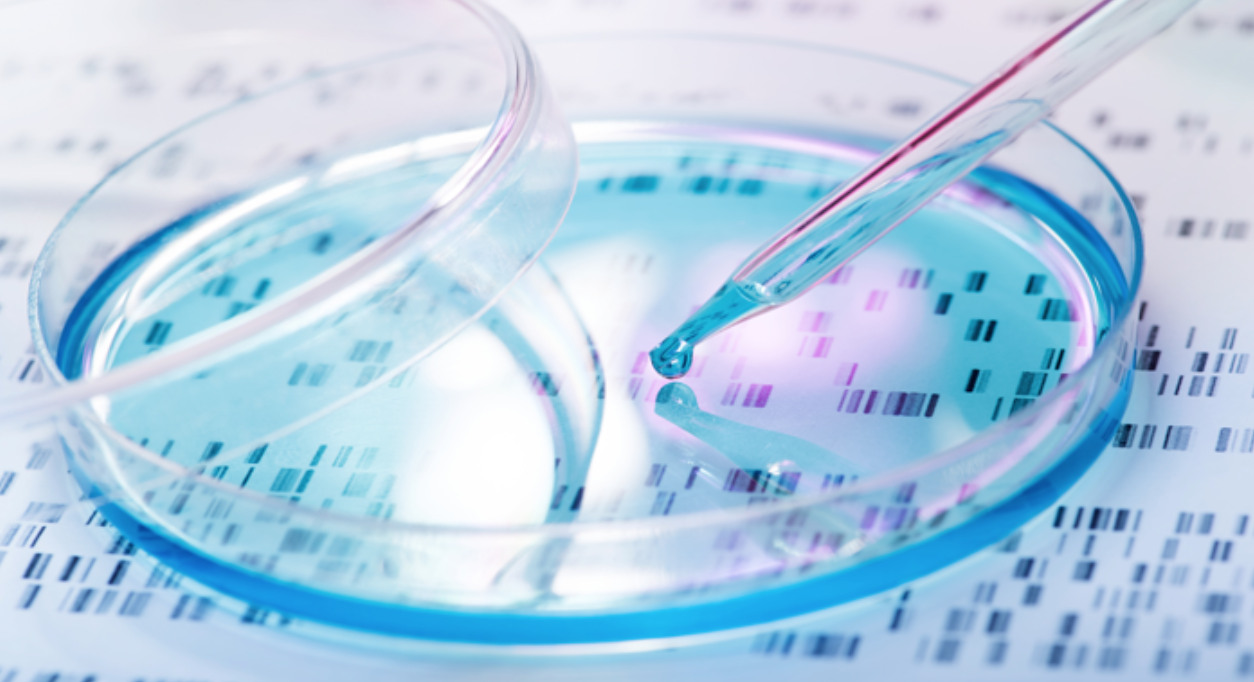Biobanks and biorepositories play a crucial role in the development and advancement of the research and medical field. For example, in 2008, the Asklepios Clinic that specializes in thoracic diseases founded a biobank. 11 years later, the biobank contained both solid and liquid biospecimens from about 4,000 patients. Some of the biospecimens include peritumor tissue from various bronchial carcinomas, solid tumors, metastasized tissue, tissue from benign malignancies, cell pellets, pleural effusions, serum, bronchoalveolar lavage fluids, plasma, and more. This biobank is also integrated into the German Center for Lung Research where biobanks collect samples per the harmonized Standard Operation Procedures. This ensures the quality of the biospecimen. Informed consent is obtained from the patients. Despite the various factors and challenges, biobanks and biorepositories aim to produce high-quality specimens that are suitable for various scientific researches. Solid samples are often snap frozen using liquid nitrogen and stored at -80°C as this process guarantees the conservation of biological processes.
Biobanks are an important part of research infrastructures where it provides samples for various scientific purposes. The random samples are compiled into cohorts that can be categorized into specific therapies or diseases. The characteristics of the samples must be preserved throughout the collection, processing, and storage phases. This ensures that there is as little alteration as possible. Stabilization of the expression pattern may also be necessary if the samples are to be used for the analysis of mRNA expression. In various post mortem or ex vivo conditions, some authors were also able to demonstrate overall DNA and RNA stability along with the preservation of the global expression profile. However, a fraction of mRNAs has been observed to have changed in the expression patterns. These changes are even more pronounced if the specimen is exposed to room temperature instead of being kept on ice. This is believed to be due to the degradation process and transcriptional changes such as lack of oxygen.
To ensure the preservation of the in vivo expression profile, samples can be collected in a standardized way and ensuring that the duration between harvesting and freezing is kept short. Some methods to minimize inter-sample variability include standardizing the samples once it has arrived in the lab, reducing duration between sample acquisition to freezing, and using protective reagents. One of the reagents known as RNAlater is a high salt ammonium sulfate aqueous solution that is specifically used to stabilize RNA. Several studies showed the preservation of expression profiles using RNAlater versus shock frozen tissue. This is also seen when the biospecimens are analyzed using RNA expression microarray analysis and real-time polymerase chain reaction (PCR). In RNAlater stabilized tissue, DNA for PCR analysis can also be extracted. However, the possibility of analysis of protein from these samples remains uncertain. It has been proven that the quantitative proteomic analysis between samples that are preserved using RNAlater and snap-frozen yield comparable results. However, more experiments are necessary before recommending the widespread use of RNAlater for proteomic and protein research.
Another reagent is known as ProtectAll also helps to stabilize DNA, RNA, and proteins. Compared to RNAlater, it has a major disadvantage as tissue preserved using ProtectAll cannot be cut on a microtome and stained for analysis. This is due to the reason where event at -80°C, ProtectAll remains gelatinous and not frozen making it impossible for samples to be sectioned. The use of RNAlater has several major advantages:
· Direct placement of samples into the preserving agent at the site of extraction
· Omission of liquid nitrogen handling as it can be dangerous and expensive
· Stabilization of nucleic acids especially RNAs.
However, it is important to note that the preservation of tissue samples using RNAlater is not as abrupt compared to shock freezing in liquid nitrogen as it needs to diffuse into the samples. This means that the samples have to be incubated in RNAlater for a minimum duration of 24 hours to ensure that there is sufficient absorption of the reagent before it is frozen. The reagent will inhibit the enzymatic activities present in the tissue samples during this time.
RNA degradation that occurs after the tissue has been withdrawn from the body may occur due to the presence of RNAses that degrade RNA and the altered environment such as decreased oxygen supply. In both cases, changes in gene expression are expected. It is important to not allow the samples to thaw during the shipping and distribution process. This is another reason why RNAlater is greatly advantageous as the RNA in a sample that is snap frozen degrades immediately after thawing while it is maintained in samples preserved using RNAlater.
Ultimately, RNAlater is a reagent that has many benefits in clinical biobanking. When compared to snap freezing using liquid nitrogen, the samples preserved using RNAlater is of the same quality in terms of mRNA expression and overall RNA quality.
References:
Lindner M, Morresi-Hauf A, Stowasser A, Hapfelmeier A, Hatz RA, Koch I. Quality assessment of tissue samples stored in a specialized human lung biobank. PLoS One. 2019; 14(4): e0203977.


